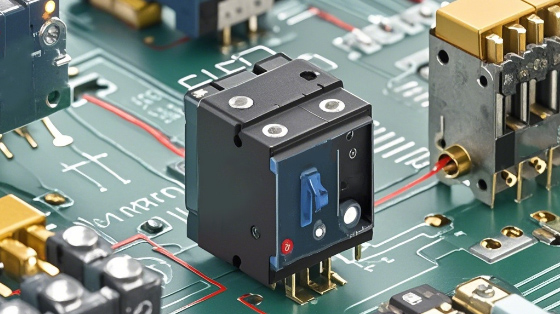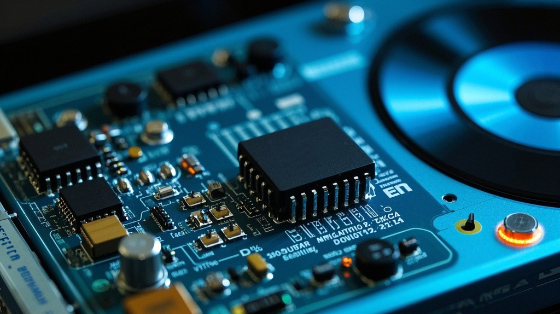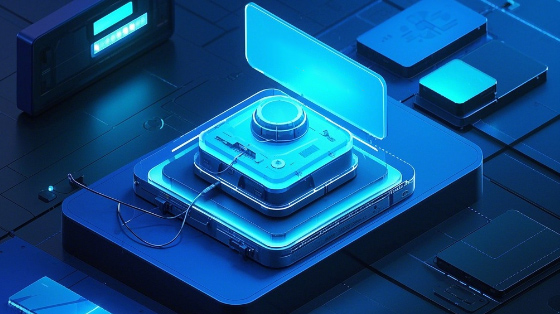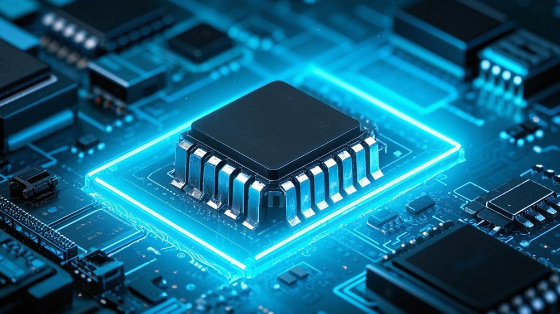Sensors: The Sentinels of the Electronic World
10/25/2024 11:36:28 AM
In the era of the Internet of Things (IoT), artificial intelligence (AI), and advanced automation, sensors have emerged as the eyes, ears, and fingertips of the electronic world. These remarkable devices are capable of detecting and measuring a vast array of physical, chemical, and biological parameters, thereby providing crucial information that drives decision-making, control systems, and data analytics in countless applications.
A sensor is a device that converts a physical or chemical quantity into an electrical signal. This signal can then be processed, analyzed, and used to monitor, control, or provide feedback in various systems. There are numerous types of sensors, each designed to sense a specific property or set of properties.
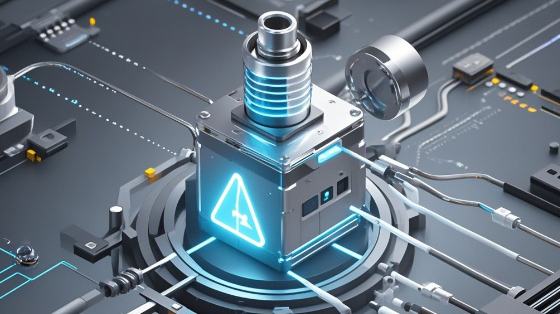
One of the most common types is the temperature sensor. Temperature sensors are used to measure the degree of hotness or coldness of an object or environment. Thermocouples and resistance temperature detectors (RTDs) are widely used temperature sensing technologies. Thermocouples work based on the Seebeck effect, where a voltage is generated at the junction of two different metals when there is a temperature difference. RTDs, on the other hand, rely on the change in electrical resistance of a metal wire with temperature. Temperature sensors are ubiquitous in applications such as industrial process control, HVAC (heating, ventilation, and air conditioning) systems, automotive engines, and consumer electronics like thermostats and ovens.
Another essential type of sensor is the pressure sensor. Pressure sensors are used to measure the force exerted per unit area. They can be based on different principles, including piezoresistive, capacitive, and piezoelectric. Piezoresistive pressure sensors change their resistance in response to applied pressure. Capacitive pressure sensors measure the change in capacitance due to the deformation of a diaphragm under pressure. Piezoelectric pressure sensors generate an electric charge when subjected to mechanical stress. Pressure sensors are crucial in applications such as automotive tire pressure monitoring systems, industrial fluid pressure control, and barometric pressure measurement in weather stations and altimeters.
Proximity sensors are used to detect the presence or absence of an object within a certain range. They can be optical, inductive, or capacitive. Optical proximity sensors use light, such as infrared or visible light, to detect objects. Inductive proximity sensors generate an electromagnetic field and detect changes in the field when an object enters the sensing range. Capacitive proximity sensors measure changes in capacitance due to the presence of an object. Proximity sensors are widely used in industrial automation for object detection and positioning, in robotics for collision avoidance, and in consumer electronics like touchless switches and smartphone proximity sensors.
Motion sensors are designed to detect movement. Accelerometers and gyroscopes are common motion sensors. Accelerometers measure the acceleration or deceleration of an object, which is useful in applications such as automotive airbag deployment systems, activity trackers in fitness wearables, and vibration monitoring in industrial machinery. Gyroscopes measure the angular velocity or rotation rate of an object and are essential in applications like navigation systems, drones, and virtual reality (VR) and augmented reality (AR) devices.
Chemical sensors are used to detect and measure the concentration of specific chemicals or gases. For example, gas sensors can detect harmful gases such as carbon monoxide, methane, and volatile organic compounds (VOCs). They are used in industrial safety, environmental monitoring, and indoor air quality control. Biosensors are a subset of chemical sensors that can detect biological substances such as glucose, proteins, and DNA. Biosensors have revolutionized the field of medical diagnostics, enabling rapid and accurate detection of diseases and monitoring of health conditions.
The construction and working principles of sensors vary widely depending on their type. Some sensors are simple and inexpensive, while others are highly complex and require advanced manufacturing techniques and materials. For example, microelectromechanical systems (MEMS) technology has enabled the miniaturization and integration of sensors, making them more suitable for portable and wearable applications. MEMS sensors are fabricated using semiconductor manufacturing processes and can combine multiple sensing functions on a single chip.
Sensors play a crucial role in a multitude of industries. In the healthcare industry, sensors are used in patient monitoring systems, medical imaging devices, and implantable medical devices. They enable continuous monitoring of vital signs such as heart rate, blood pressure, and oxygen saturation, providing real-time information for healthcare providers to make informed decisions and improve patient care. In the automotive industry, sensors are used for vehicle safety systems (such as anti-lock braking systems, electronic stability control, and collision avoidance), engine performance optimization, and autonomous driving. The increasing trend towards autonomous vehicles relies heavily on a wide range of sensors, including lidar (light detection and ranging), radar, cameras, and ultrasonic sensors, to perceive the surrounding environment and make driving decisions.
In the industrial sector, sensors are used in process control, quality assurance, and predictive maintenance. They help optimize manufacturing processes, ensure product quality, and prevent equipment failures. For example, in a chemical plant, sensors can monitor the temperature, pressure, and chemical composition of reactors and pipelines, enabling precise control and preventing hazardous situations. In smart homes and buildings, sensors are used for energy management, security, and comfort control. Temperature sensors, occupancy sensors, and light sensors can work together to optimize heating, cooling, lighting, and security systems, reducing energy consumption and improving living and working environments.
The future of sensors is extremely promising. With the continuous advancement of technology, sensors are becoming more accurate, sensitive, and reliable. The development of nanotechnology is expected to lead to the creation of even smaller and more powerful sensors with enhanced sensing capabilities. For example, nanosensors could potentially detect single molecules or extremely low concentrations of substances, opening up new possibilities in fields such as environmental monitoring, disease diagnosis, and food safety.
The integration of sensors with AI and machine learning is another significant trend. AI algorithms can analyze the vast amounts of data generated by sensors and make predictions, detect anomalies, and optimize system performance. For example, in industrial predictive maintenance, AI can analyze sensor data from machinery over time and predict when a component is likely to fail, allowing for proactive maintenance and reducing downtime. In smart cities, sensors combined with AI can be used for traffic management, waste management, and environmental monitoring, improving the overall quality of urban life.
In conclusion, sensors are the essential building blocks of the modern electronic and IoT-enabled world. Their ability to sense and measure a wide range of parameters and provide valuable data drives innovation and progress in numerous industries. As technology continues to evolve, sensors will continue to play an even more critical role in shaping our future, enabling smarter, safer, and more efficient systems and applications.
The global sensor market is experiencing rapid growth, driven by the increasing demand for IoT applications, automation, and smart technologies. However, the sensor industry also faces challenges such as the need for standardization, improving sensor reliability and durability, and reducing power consumption.
To address these challenges, sensor manufacturers are collaborating with research institutions and industry partners. Standardization efforts are underway to ensure interoperability and compatibility of sensors in different systems. Research is focused on developing new materials and manufacturing techniques to improve sensor performance and reduce costs. Additionally, efforts are being made to optimize sensor power management, especially for battery-powered and wireless sensor applications.
In the field of agriculture, sensors are being used for precision farming. Soil moisture sensors, temperature sensors, and nutrient sensors can provide farmers with real-time information about the health of their crops and the condition of the soil. This enables more efficient use of water, fertilizers, and pesticides, increasing crop yields and reducing environmental impact. In the aerospace industry, sensors are used for aircraft health monitoring, flight control, and navigation. High-precision sensors are required to ensure the safety and performance of aircraft in extreme conditions.
In conclusion, sensors are a dynamic and evolving field with a wide range of applications and significant growth potential. Their continued development and innovation will be crucial for the advancement of many industries and the realization of a more connected and intelligent world.

